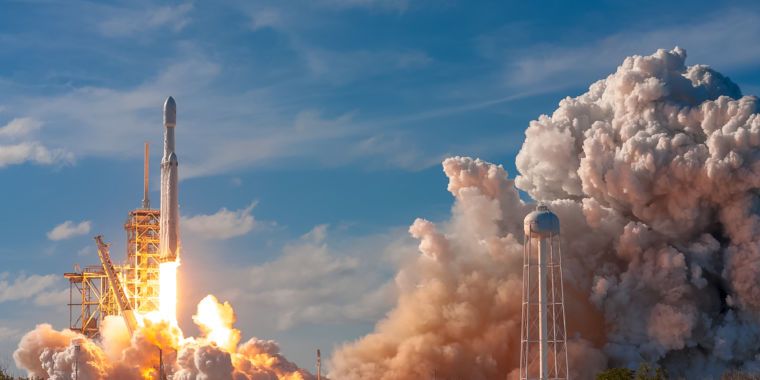Elon Musk’s rocket company launched the final iteration of its workhorse rocket carrying the biggest communications satellite ever.
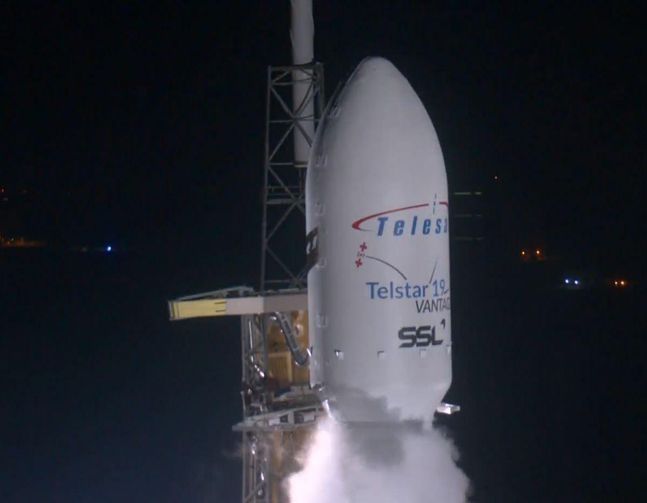

Mankind is about to get closer to the sun than ever before.

Smartphones have disrupted transportation, payments and communication. But the underlying technology has tangentially changed a completely different sector: satellites.
The advances made in miniaturizing technologies that put a computer in your pocket — cameras, batteries, processors, radio antennas — have also made it easier and cheaper for entrepreneurs to launch matter into space. And investors are taking notice.
The chart below shows worldwide venture and PE investment in satellite technology companies.
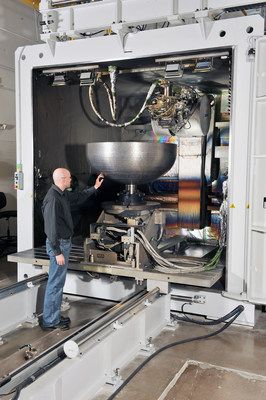
DENVER, July 11, 2018 /PRNewswire/ — Lockheed Martin (NYSE: LMT) has embraced a 3D printed titanium dome for satellite fuel tanks so big you can’t even put your arms around it. The 46-inch- (1.16-meter-) diameter vessel completed final rounds of quality testing this month, ending a multi-year development program to create giant, high-pressure tanks that carry fuel on board satellites.
The titanium tank consists of three parts welded together: two 3D printed domes that serve as caps, plus a variable-length, traditionally-manufactured titanium cylinder that forms the body.
Congrats!
Pinaplano na ng DOST ang paggawa ng cube satellites dito sa Pilipinas matapos makarating sa outer space ang unang cube satellite na gawang Pinoy.
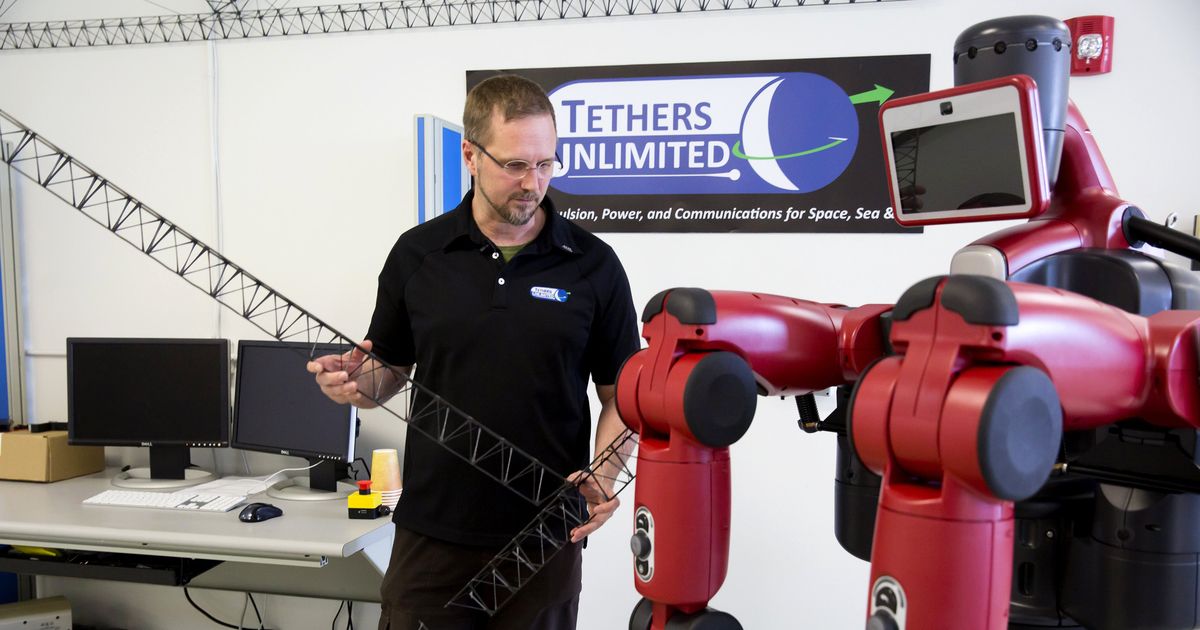
Behold, the Earth! See live views of Earth from the coming to you by NASA’s High Definition Earth Viewing (HDEV) experiment.
Behold, the Earth! See live views of Earth from the International Space Station coming to you by NASA’s High Definition Earth Viewing (HDEV) experiment.
While the experiment is operational, views will typically sequence through the different cameras. If you are seeing a black image, the Space Station is on the night side of the Earth. If you are seeing an image with text displayed, the communications are switching between satellites and camera feeds are temporarily unavailable. Between camera switches, a black & gray slate will also briefly appear.
The experiment was activated on April 30, 2014 and is mounted on the External Payload Facility of the European Space Agency’s Columbus module. This experiment includes several commercial HD video cameras aimed at the Earth which are enclosed in a pressurized and temperature controlled housing. To learn more about the HDEV experiment, visit: https://eol.jsc.nasa.gov/ESRS/HDEV/
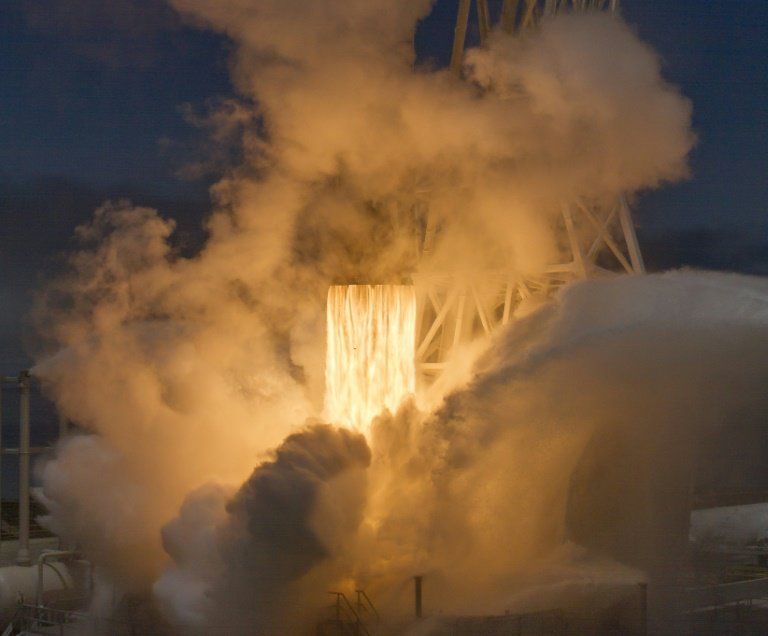
Friday morning at 5:24 am (0924 GMT), a rocket owned by the US company SpaceX will blast off from Florida carrying two and a half tons of gear from NASA, only to dock three days later and 250 miles (400 kilometers) above Earth at the International Space Station.
The rocket itself is not new. It launched a NASA satellite into orbit two months ago, then landed back on Earth—upright—on a barge in the Atlantic Ocean off Cape Canaveral.
Even the Dragon capsule, carrying the cargo and affixed to the top of the rocket was used before, having flown a mission to the ISS in 2016.

